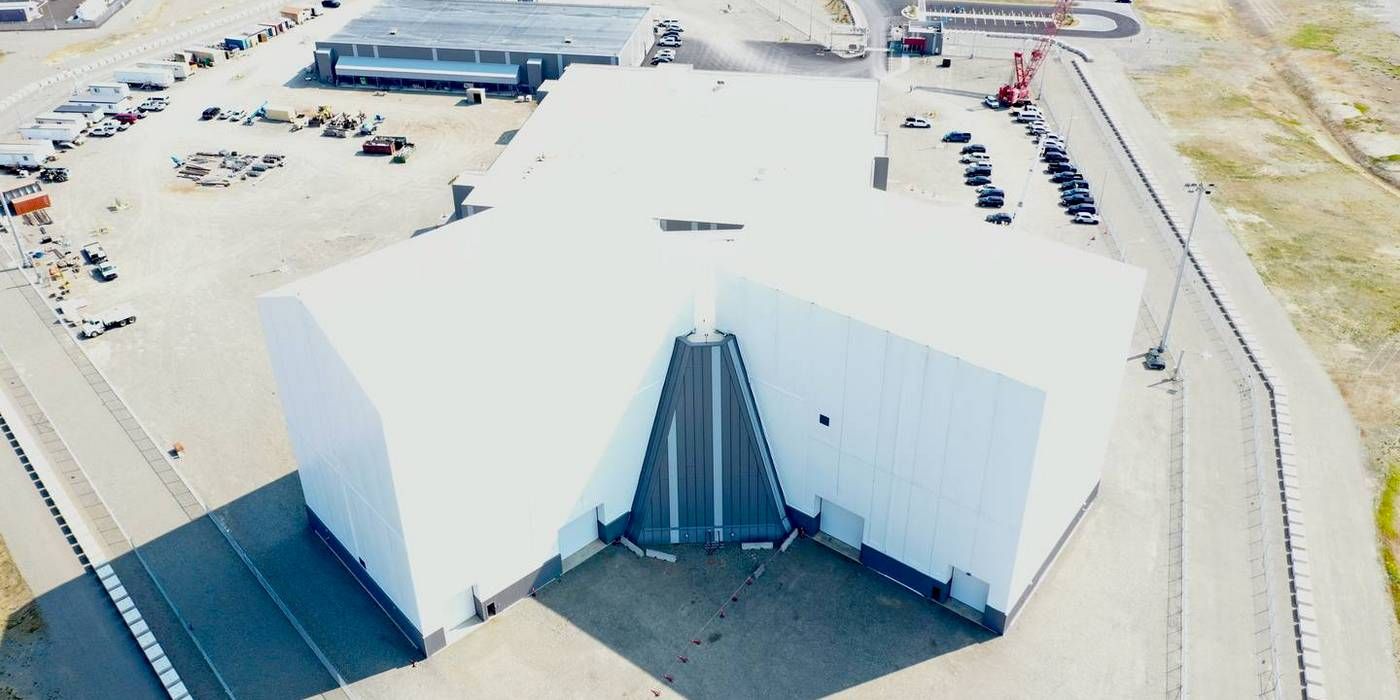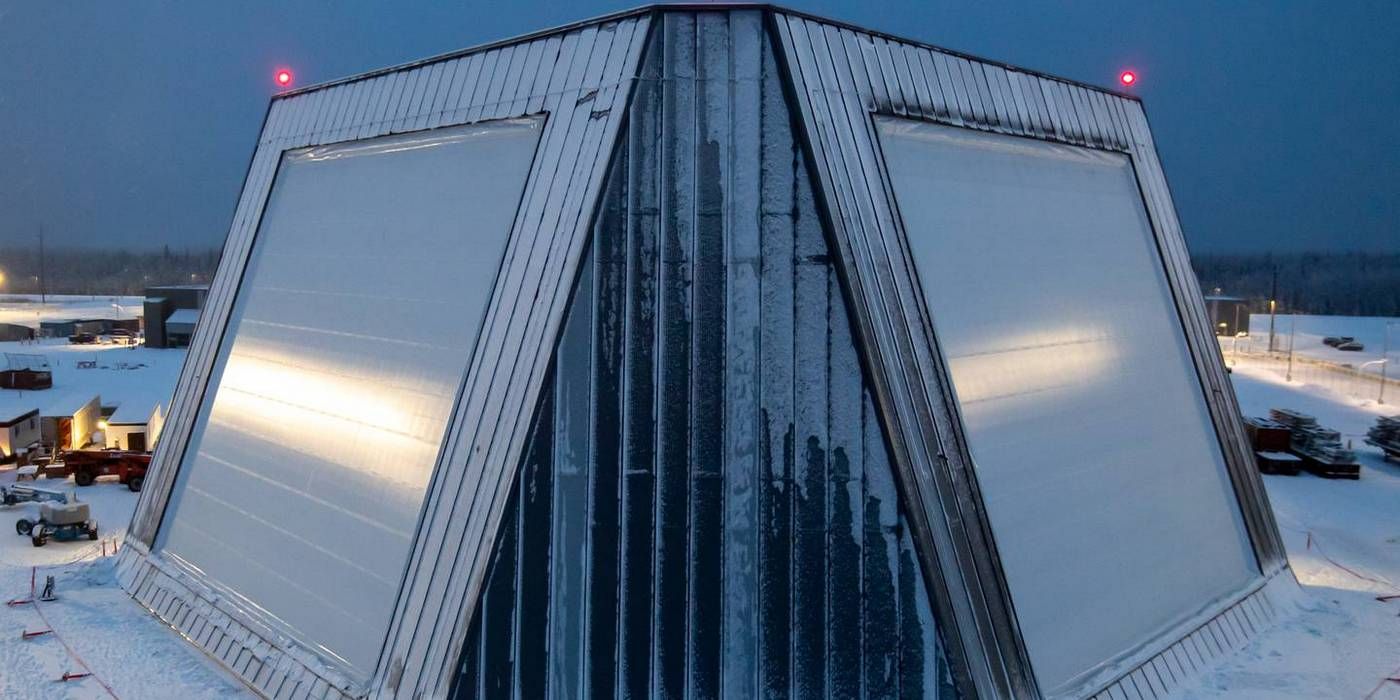The United States. Space Force this week installed a new high-tech radar system that the agency says will be able to "search, track, and discriminate multiple small, baseball-sized objects" in space. The agency was the butt of all jokes when it was established in 2019, but its role has only been expanded since then. It is tasked with protecting American interests in space and providing space capabilities to the military to thwart any attack on the U.S. through that route.
While the Space Force is trying to protect the U.S. from potential attacks through space, NASA is working to keep all earthlings safe from possible asteroid impacts on earth. Towards that end, the agency last month launched a spacecraft with a one-way ticket to crash into an asteroid to test if such a collision can alter the latter's trajectory. Called DART, or Double Asteroid Redirect Test, the experiment will offer researchers insight into whether this strategy will help prevent possible asteroid impacts in case of any actual emergency in the future.
On Monday, the U.S. Missile Defense Agency (MDA) announced that the Long Range Discrimination Radar (LRDR) radar arrays had been successfully installed at the Clear Space Force Base near Fairbanks, AK. Following its installation, the initial testing phase will begin and is expected to continue until the instrument is deployed into service in 2023. According to the agency, the LRDR is a "search, track and discrimination radar" that will be part of the country's missile defense system tasked with providing "continuous and precise tracking and discrimination of missile threats to the United States."
The LRDR Can Differentiate Between Lethal And Non-Lethal Objects
The LRDR has a large field of view over large sections of the Pacific theater and is said to be able to track multiple small objects in addition to "all classes of ballistic missiles, at very long ranges, under continuous operation." According to the MDA's press release, it will even be able to differentiate between lethal and non-lethal objects, which means it is unlikely to confuse between long-range intercontinental missiles and passenger aircraft, for example.
In a fact sheet published earlier this year, the MDA further claimed that the LRDR would not only be able to track massive warheads and ballistic missiles but also detect small objects the size of a baseball. According to MDA Director Vice Adm. Jon Hill, the multi-faceted nature of the LRDR will not only allow the U.S. military to better defend the country from ballistic and hypersonic missile threats but will also enable the device to be reworked to mitigate other evolving threats as necessary.


